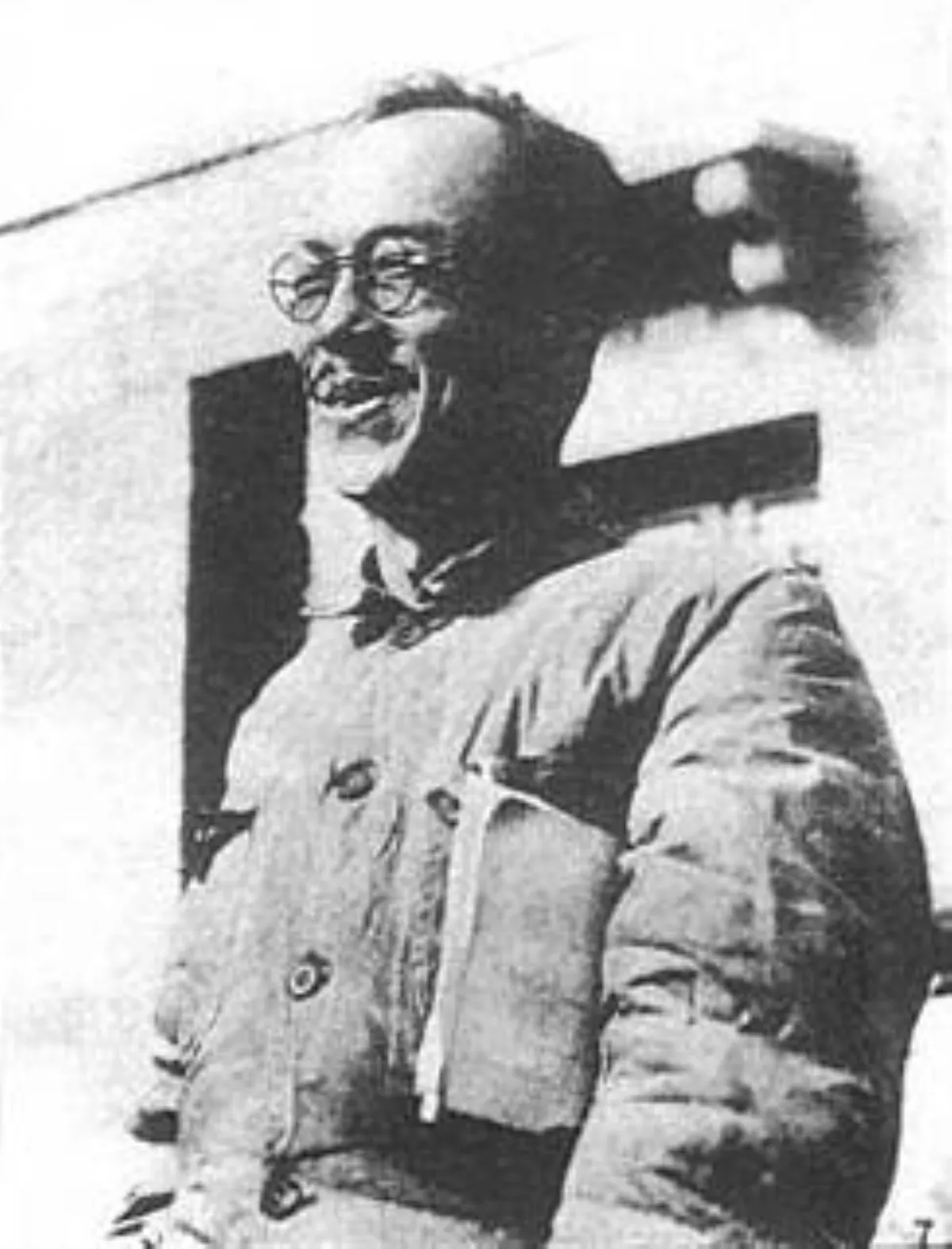 1.
1. Kang Sheng, born Zhang Zongke, was a Chinese Communist Party official, best known for having overseen the work of the CCP's internal security and intelligence apparatus during the early 1940s and again at the height of the Cultural Revolution in the late 1960s and early 1970s.